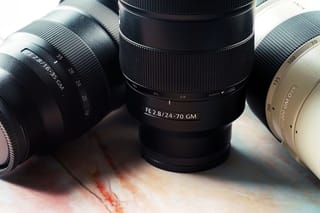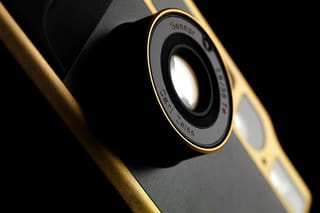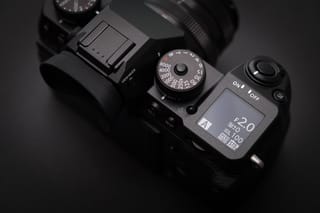
For a very long time, it seemed that the smaller a camera body, the lower the quality of the images would come out of it. After all, expensive electronics take up a lot of space and everyone knows large negatives are better, right? The larger your camera, the more professional you must be and the more you must know about Photography with a capital P, right?
Why, then, do many of us find ourselves fawning over these small point-and-shoot cameras like the Ricoh GR III, the Minolta TC-1, Contax T2, Olympus MJU or even the Minox 35 cameras?
Clearly, there’s something special within these uncomplicated image-making tools. Even the most tech-minded camera lovers I know have a tendency to collect these types of bodies where the only controls are choosing whether or not to use a built-in flash. Let’s take a look into why.
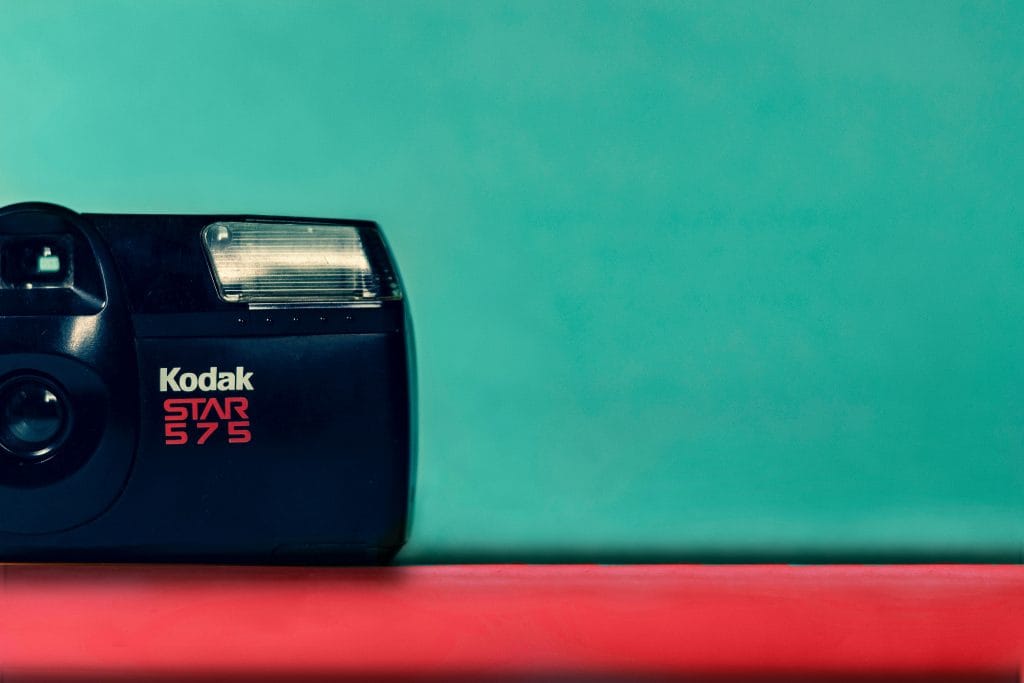
Point and shoot cameras tend to be small, uncomplicated, and simple. They’re typically quite pocketable and usually fitted with a smaller-aperture fixed lens. Which honestly makes them sound kind of- well, boring to creators who love shallower depths of field or the ability to change lenses.
A fixed lens camera with automatic shutter speed & ISO settings doesn’t sound very versatile or adaptable to various conditions. They aren’t great at shooting in low-light without the built-in flash and yet none of these drawbacks seem to slow down the enthusiasm for the seemingly single-purpose camera bodies.
Somehow the simplicity of being able to visualize an image and instantly capture it has a grand appeal. These smaller cameras can help you blend in when shooting street photography or other candid shots, where a large DSLR would draw a lot of attention.
Both film and digital point and shoot cameras are reliable tools for certain tasks. They’re great for quick memories, travel & vacation photos, or personal snapshots. On the other hand, if you find yourself shooting professional holiday cards or wedding photos, you’d certainly be better off with the multi-purpose power of an SLR or Mirrorless camera.
Doesn’t that make the point and shoot camera something of a step backward, considering that it typically has fewer controls and functions? Not exactly.

Every photographer’s journey is unique, but many of them tend to mirror each other. The first camera I can remember using was our family camera, a 110 Kodak Tele-Instamatic 608. If you aren’t familiar with it, it’s a thin black box with a single silver button for a shutter release and a switch to flip between its 25mm and 43mm lenses. Simple.
We briefly had a Kodak Advantix camera after that that shot APS film, but it wasn’t much of an upgrade, as the Advanced Photo System was not geared toward professionals.
Once I began to take photos on my own, I burned my way through dozens of disposable, single-use film cameras. These point and shoot cameras were inexpensive, and today their photos serve as the primary medium holding my favorite memories from my middle- and high-school years.
Before heading off to college, I got my first digital camera, a Sony Cyber-shot of some kind that had a bit more manual control, but I actually ended up shooting in Auto mode more often than not.
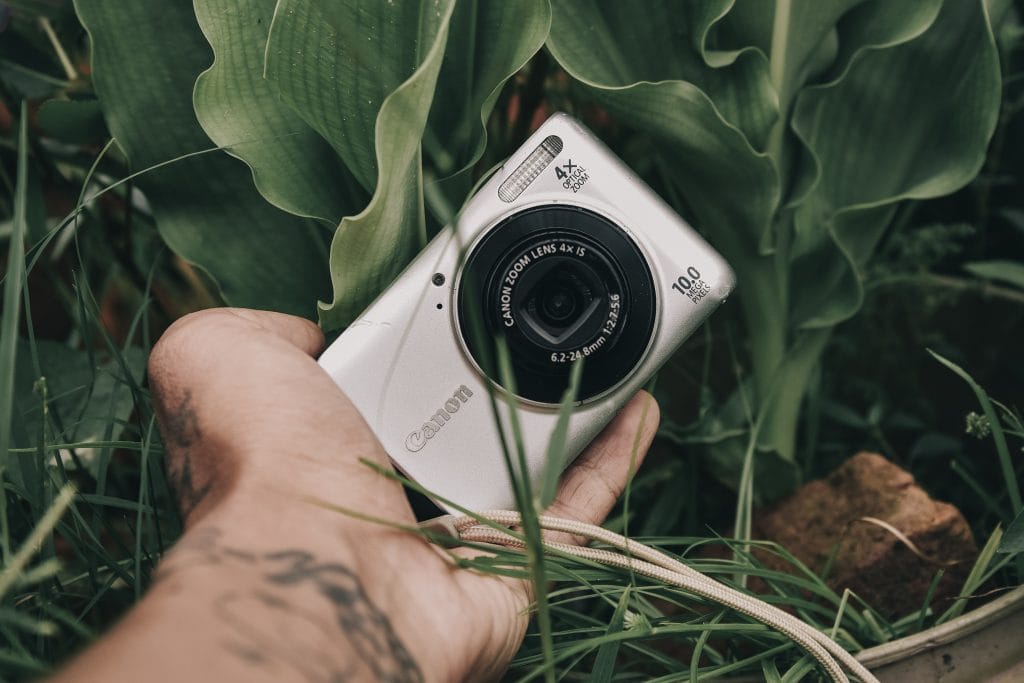
Yet, through all of these now-outdated film formats and inexpensive camera bodies, I can tell you one thing for certain. For every time I have looked back at these photos and remembered the occasions in which I took them, I have almost never wished I had a ‘better’ camera while reviewing them.
Ultimately, the image itself is what preserves the memory. I saw something I wanted to remember, pointed a simple camera at that thing, and took a photo without thinking too much about f-stops or megapixels. With a point and shoot camera, you just see it and you shoot it.
Ironically, most photos where I wish I’d taken a better image have come from scenarios where I myself had manually set all of the details. Either I missed focus or exposed the shot incorrectly somehow. I’ve actually never experienced that disappointing feeling of ‘messing up the shot’ when using a point and shoot body.

Perhaps that’s the beauty of the point and shoot camera. A camera isn’t dumb or incapable just because it automatically makes the decisions for you. Sure, not being able to control the shutter speed or aperture does take an element of control away from the user, but maybe that’s not always a bad thing.
Creators have a tendency to lose themselves in the details. Obsessing over shutter speeds or shallow depths of field isn’t what makes a photo memorable. It’s the subject and the subject’s portrayal that makes an impact.
Sometimes you don’t want to think about the right shutter speed to freeze the waterfall behind your kids, or if you should consider switching lenses for this next shot.
Sometimes it’s just more fun to let the camera decide how to construct your photo so you can see it, feel it, point and shoot it. When you look back at the photo, you won’t remember fiddling with the camera settings before taking the shot, anyway.
You’ll remember the moment.
Browse our selection of film & digital point & shoot bodies
Read more about the Ricoh GR III, a luxury compact fixed-lens camera


